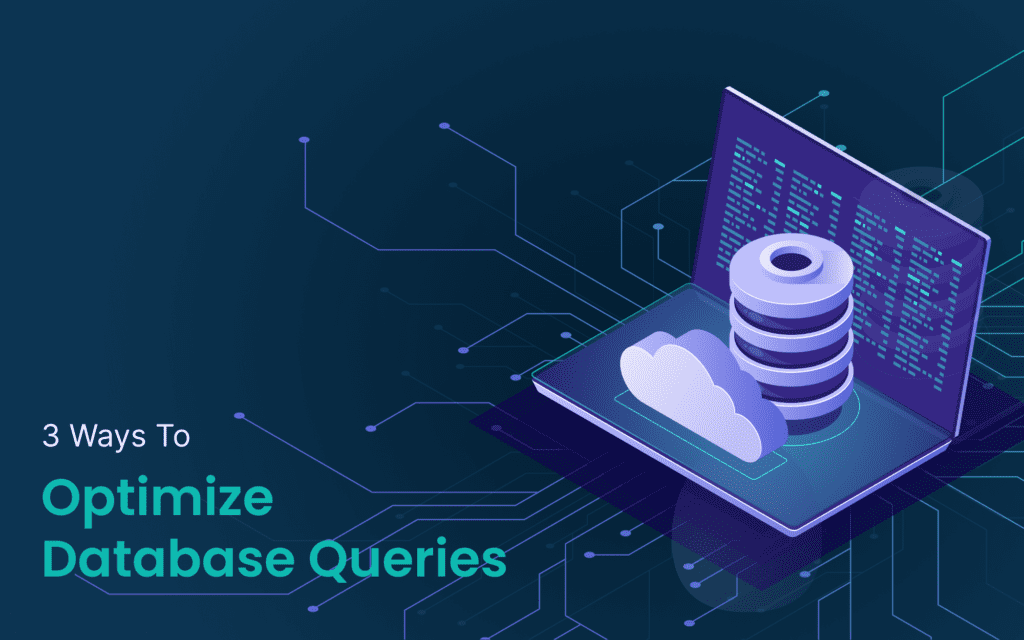Undoubtedly, optimizing database queries is crucial for ensuring efficient performance in any application that relies on a database. Unlocking peak efficiency in database operations demands a nuanced approach to query optimization. Delving into this intricate task reveals some pivotal methodologies. These range from meticulous index utilization to strategic query caching, and more. In order to streamline data access here are three ways to achieve this:
Use Indexing But In A Mindful Way:
Indexing is one of the most powerful tools for optimizing database queries. An index is a data structure that improves the speed of data retrieval operations on a table at the cost of additional space and decreased performance on data modification operations (such as inserts, updates, and deletes).
- Choose the Right Columns: Identify the columns that are frequently used in WHERE clauses, JOIN conditions, and ORDER BY clauses. These are good candidates for indexing.
- Avoid Over-Indexing: While indexes can speed up read operations, they can slow down write operations. Avoid creating too many indexes, especially on columns that are seldom queried.
- Regularly Analyze and Rebuild Indexes: Over time, the usage patterns of a database can change. This can be monitored using tools like SQL profilers, audit logs, New Relic, Datadog, etc., by getting real-time insights into performance metrics and resource utilization. Monitoring active sessions, user authentication logs, and application logs helps track who is accessing the database and when. Regularly analyze the performance of queries and, if necessary, rebuild or reorganize indexes for optimal performance.
4 Ways to Optimize Query Structure:
Query structure is your best bet but not optimizing it can cost effectiveness. Therefore, stay on track in the following ways and enjoy an optimized query structure that delivers.
- Select Only the Needed Columns: Avoid using SELECT * if you only need a few specific columns. This reduces the amount of data that needs to be read from disk and transmitted to the client.
- Avoid Using Wildcards at the Start of LIKE Queries: Using a wildcard at the start of a LIKE query (e.g., %example) can be inefficient because it forces the database to scan the entire column.
- Use Joins Efficiently: Avoid using unnecessary joins and ensure that you’re using the most appropriate type of join (e.g., INNER JOIN, LEFT JOIN) for your specific query.
- Use Subqueries Sparingly: Subqueries can be powerful, but they can also be performance-intensive. Sometimes, rewriting a query to use a JOIN or other technique can be more efficient.
Optimize Database Schema for Simplistic Dataflow:
Make use of tools, strategies, and a lot more to have an optimized database schema for improved performance.
- Normalize Your Database: Normalize your database to reduce redundancy and improve data integrity. However, be careful not to over-normalize, as this can lead to complex queries and reduced performance.
- Partition Large Tables: For very large tables, consider partitioning them based on ranges of data. To identify optimal partitioning for large tables, utilize query profilers and execution plans to pinpoint frequently accessed tables. Analyze index effectiveness with DBMS-specific tools and develop custom scripts to monitor table growth. These insights into usage patterns, combined with considerations of data distribution and I/O metrics, will guide effective partitioning strategies for improved query performance and allow the database to only access the relevant partitions.
- Cache Query Results: For queries that are expensive and don’t need to be real-time, consider implementing caching mechanisms. This can significantly reduce the load on the database.
- Use Stored Procedures: Stored procedures can be precompiled and optimized by the database engine, resulting in faster execution times.
End Note:
Remember to always benchmark your queries after making optimizations to ensure that they are indeed improving performance. Additionally, consider monitoring database performance over time to catch any regressions or new performance bottlenecks that may arise.

